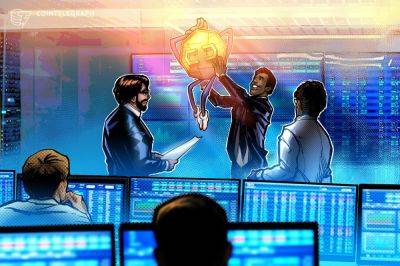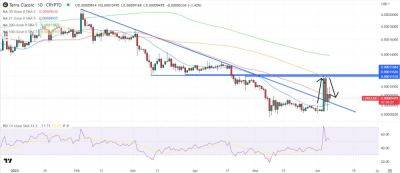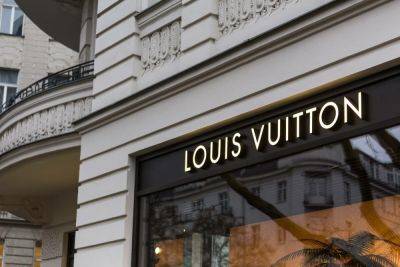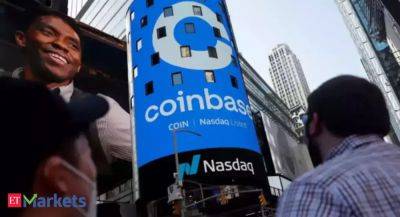Vacant skyscrapers, empty trains: can San Francisco once again reinvent itself?
T he operator of the gondola that services Salesforce Park, an oasis among the skyscrapers in downtown San Francisco, will tell you all about how the 5-acre (2-hectare) rooftop space you’re about to enter contains 1,600 plants, 600 trees and more than a dozen ecosystems.
From this far up the fortress walls, the city looks like a futuristic utopia, with office workers milling about in the sun and free yoga on Fridays.
But the transit center underneath – the newly built hub that was announced before the pandemic with great fanfare and was supposed to ferry in workers from all over the region to downtown – is quiet, save for the metaphorical tumbleweeds. The city’s main public transport systems are collapsing under the weight of their own emptiness. The number of riders on the Bart system is around 40% of what it was before the pandemic, and only 30% for riders who exit in downtown San Francisco. Without a $5bn bailout, service cuts to some of the city’s transit lines could start as soon as this summer.
Once home to some of the most expensive and sought-after office space in the world, San Francisco today is suffering from one of the most hollowed-out downtowns in North America.
Along Market Street, the main thoroughfare, “office space available” and “for sale or lease” signs solicit new businesses. Office vacancy in the first quarter of 2023 ranged between 26.4% and 29.4%, depending on the tally. It’s a steep increase from the historic low vacancy rate of 4% in early 2020. Pinterest, Meta, Reddit, Salesforce, Slack, Uber and Twitter have all vacated or reduced their office space as remote or hybrid work has prevailed.
The emptiness has made some of the city’s other problems – an enduring homelessness emergency, open-air drug
Read more on theguardian.com

 theguardian.com
theguardian.com













